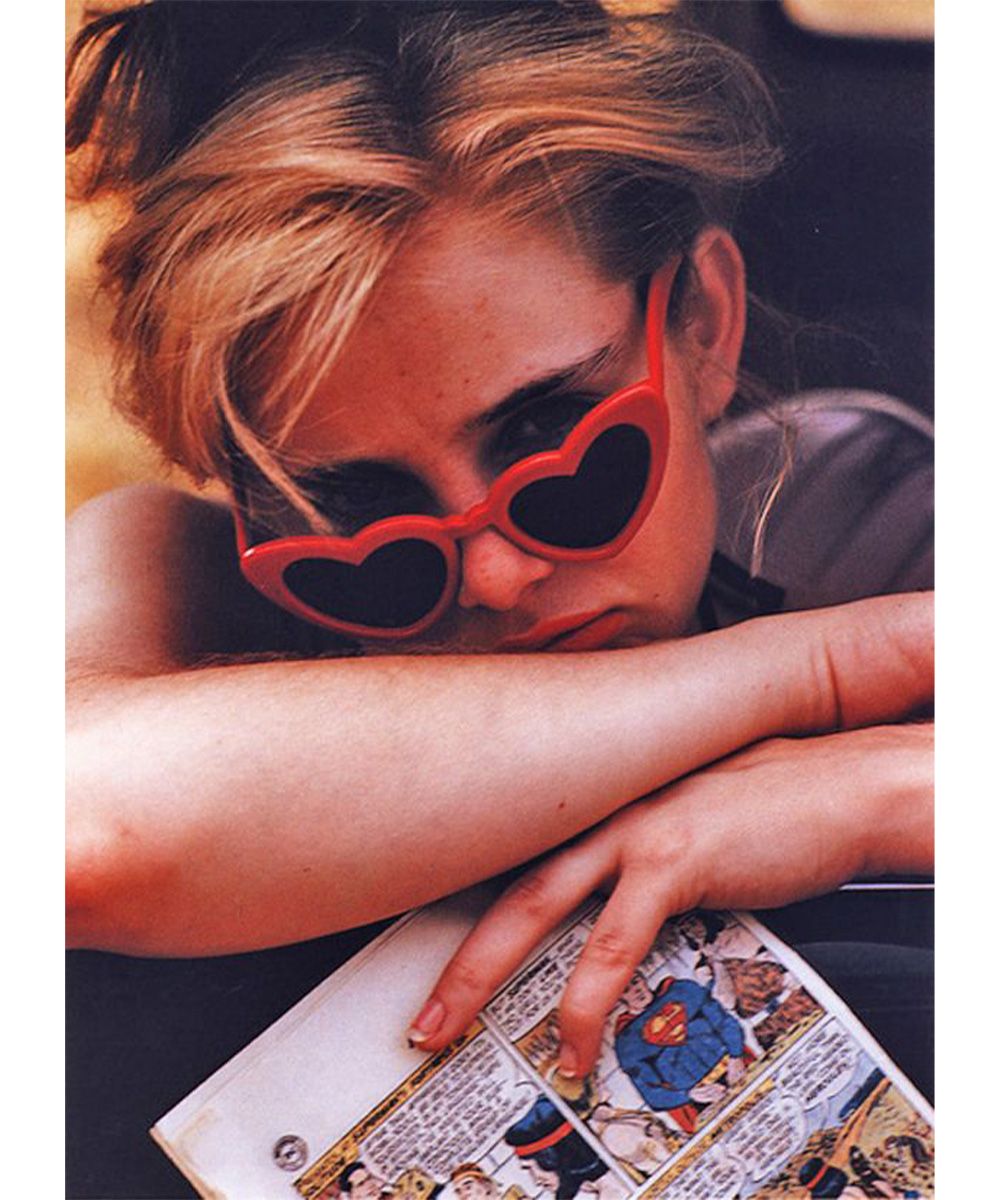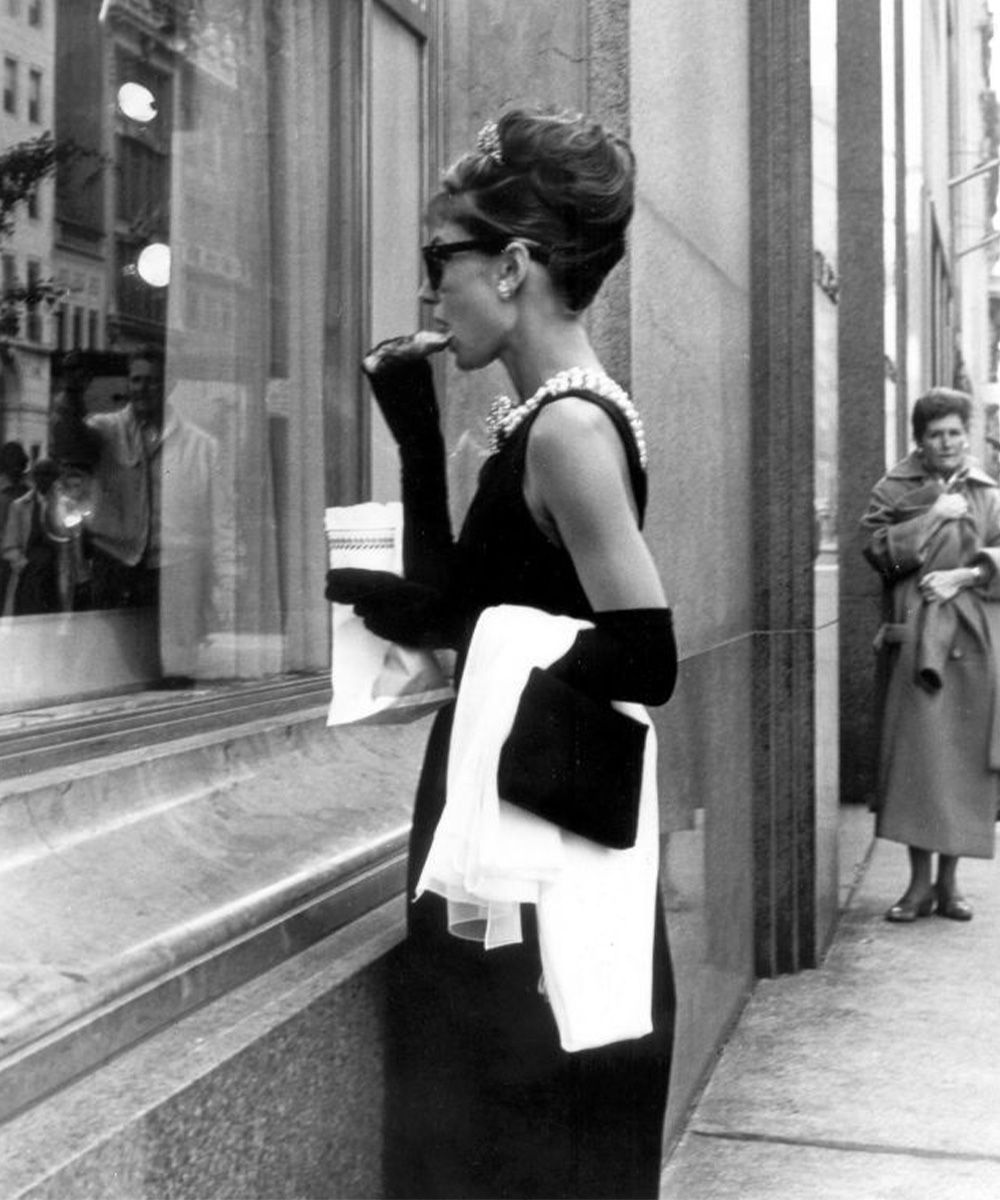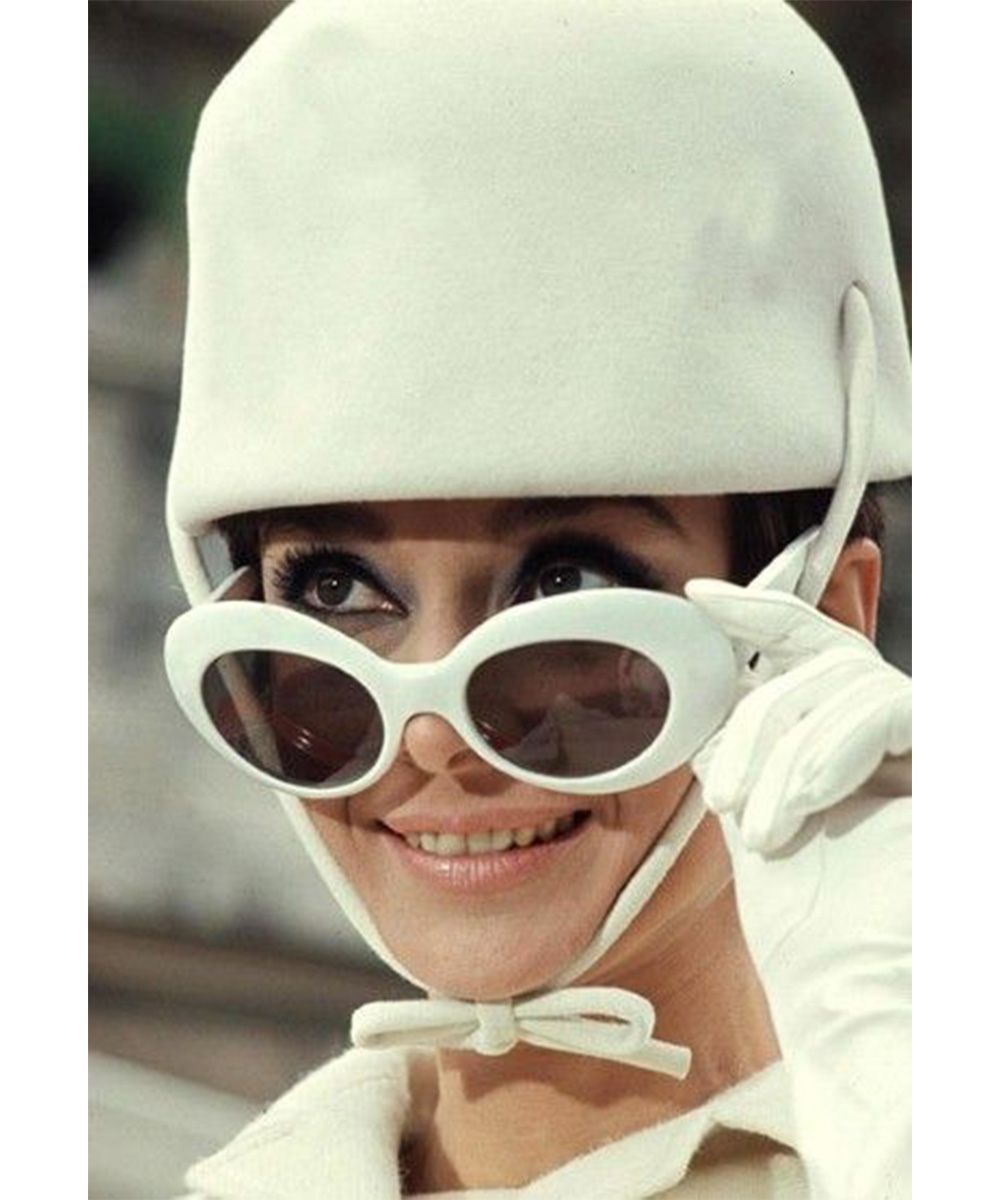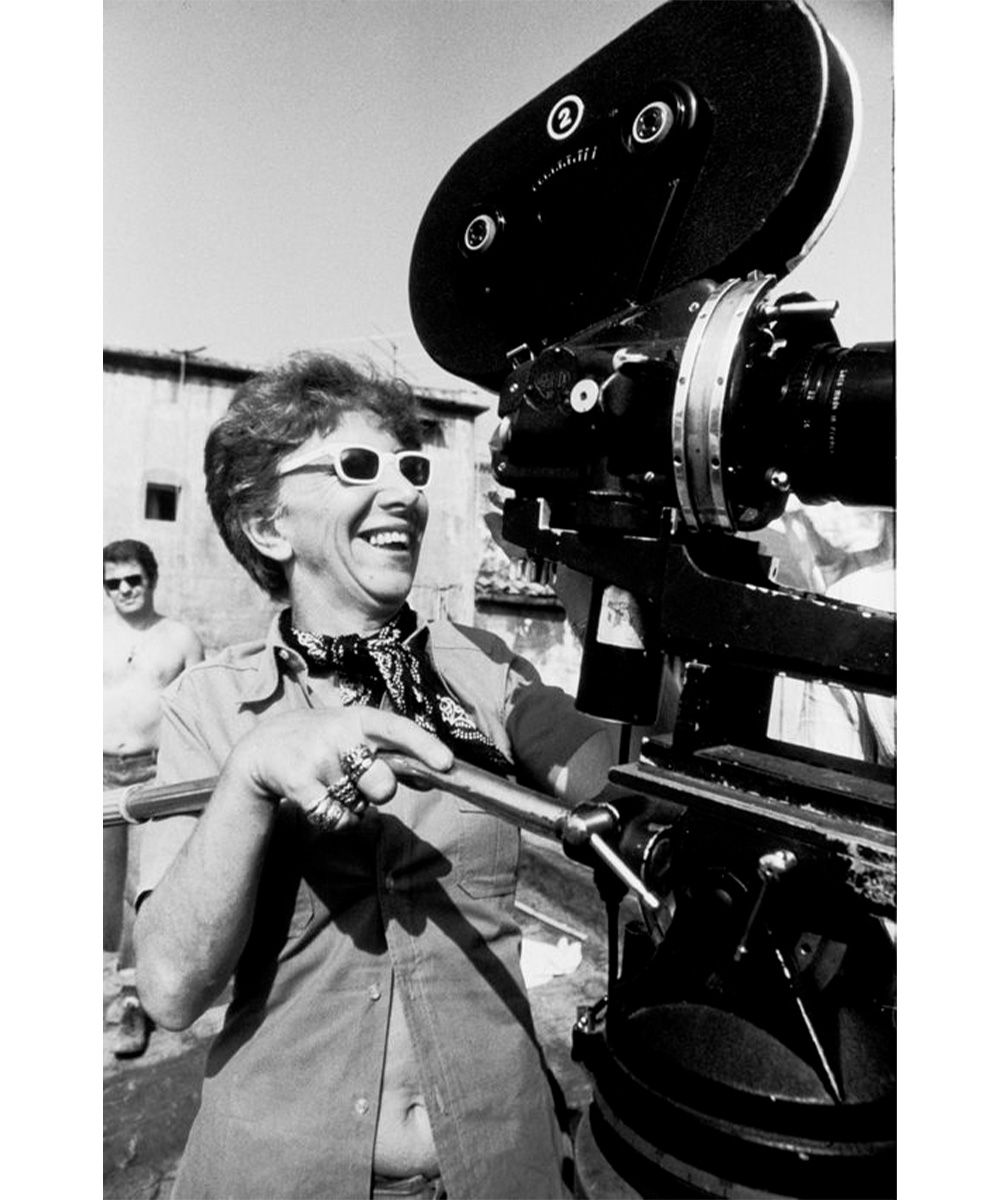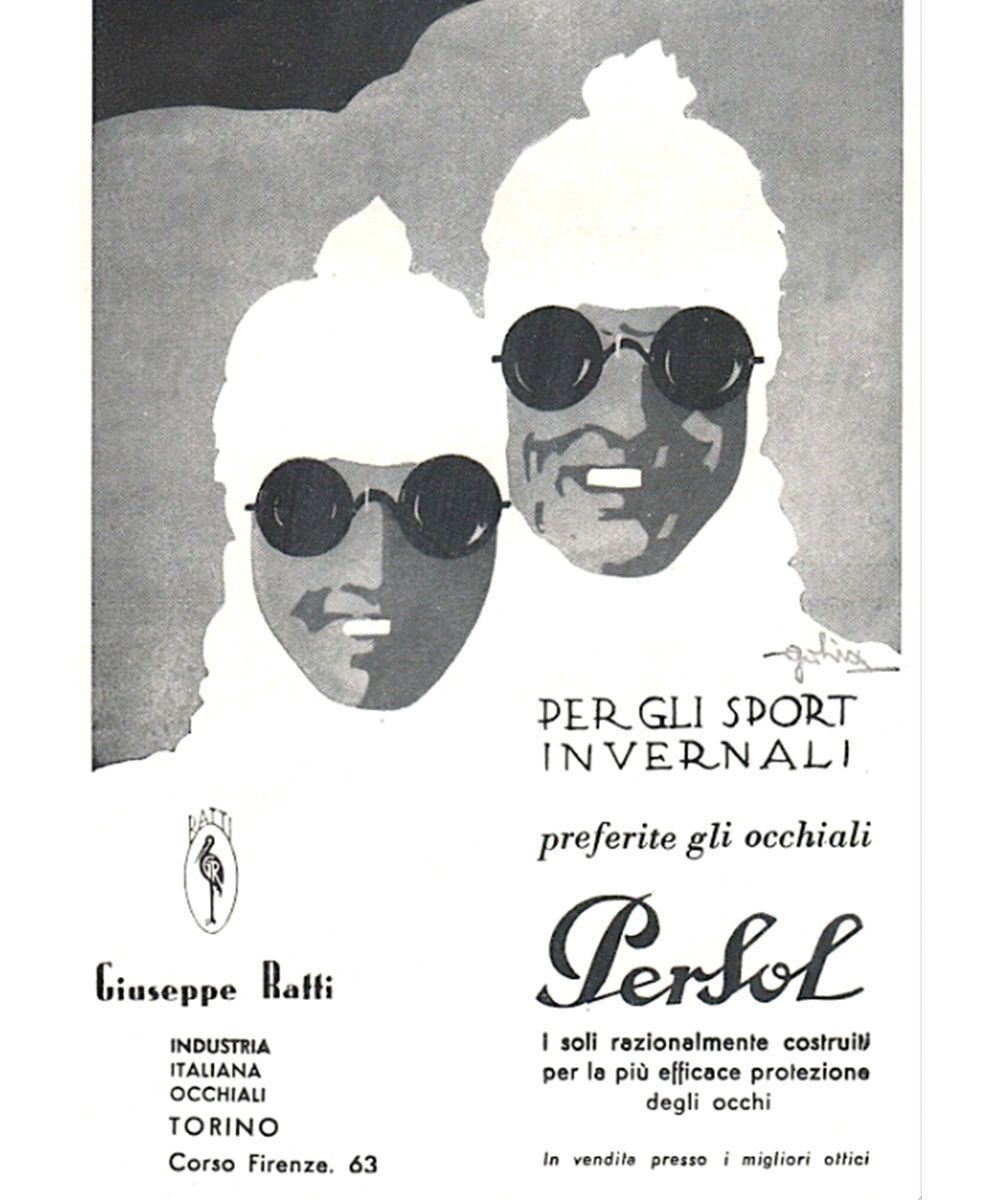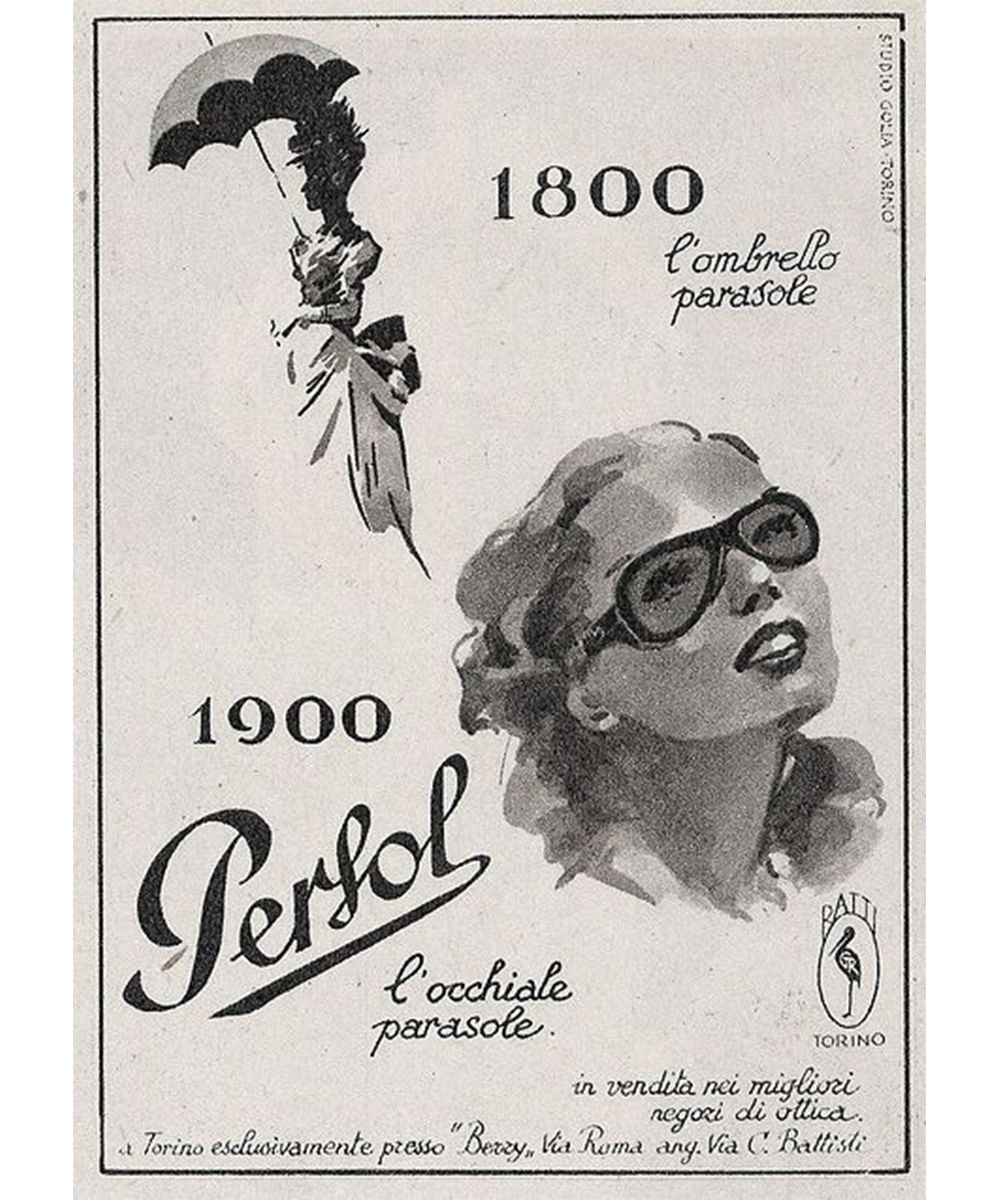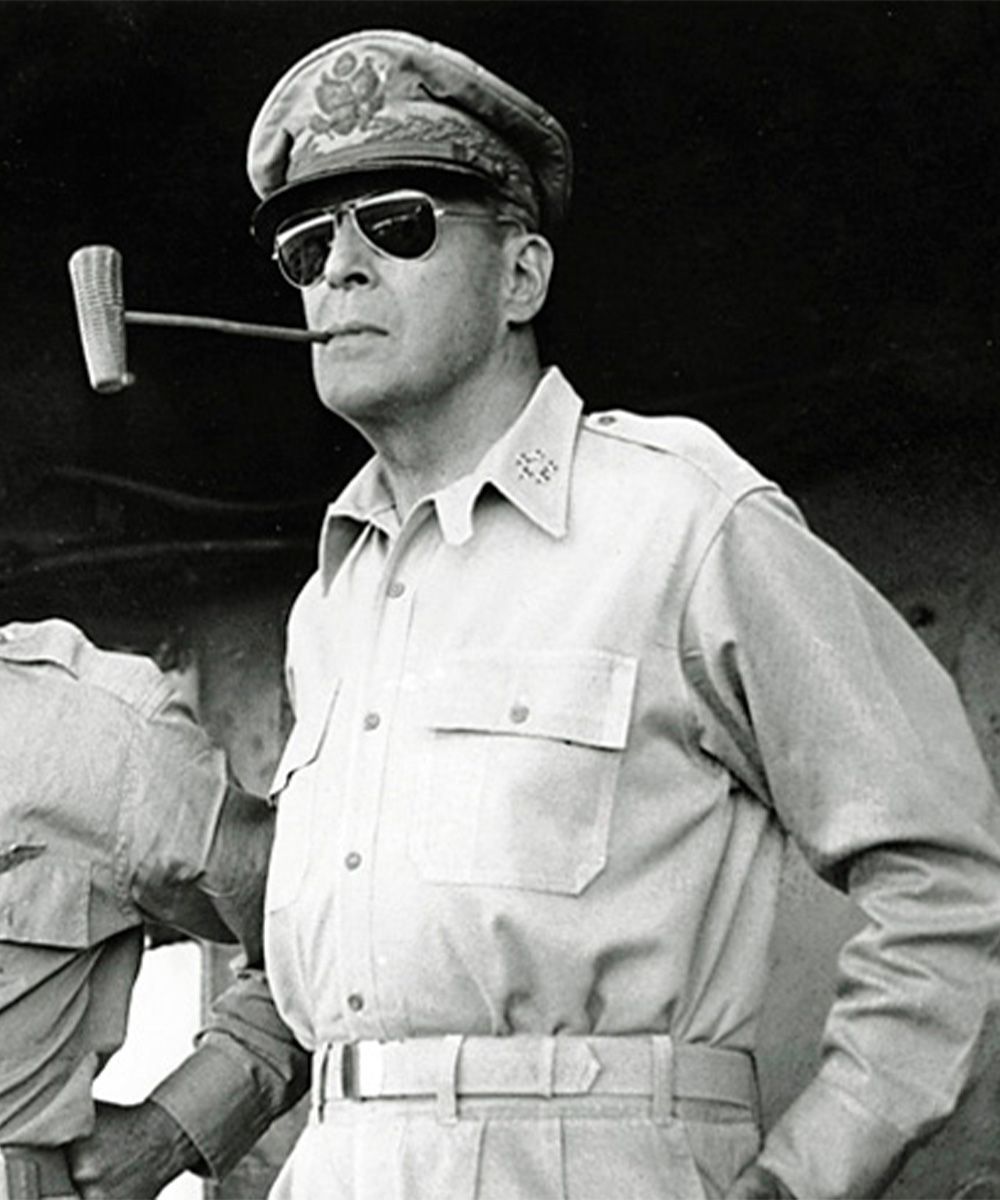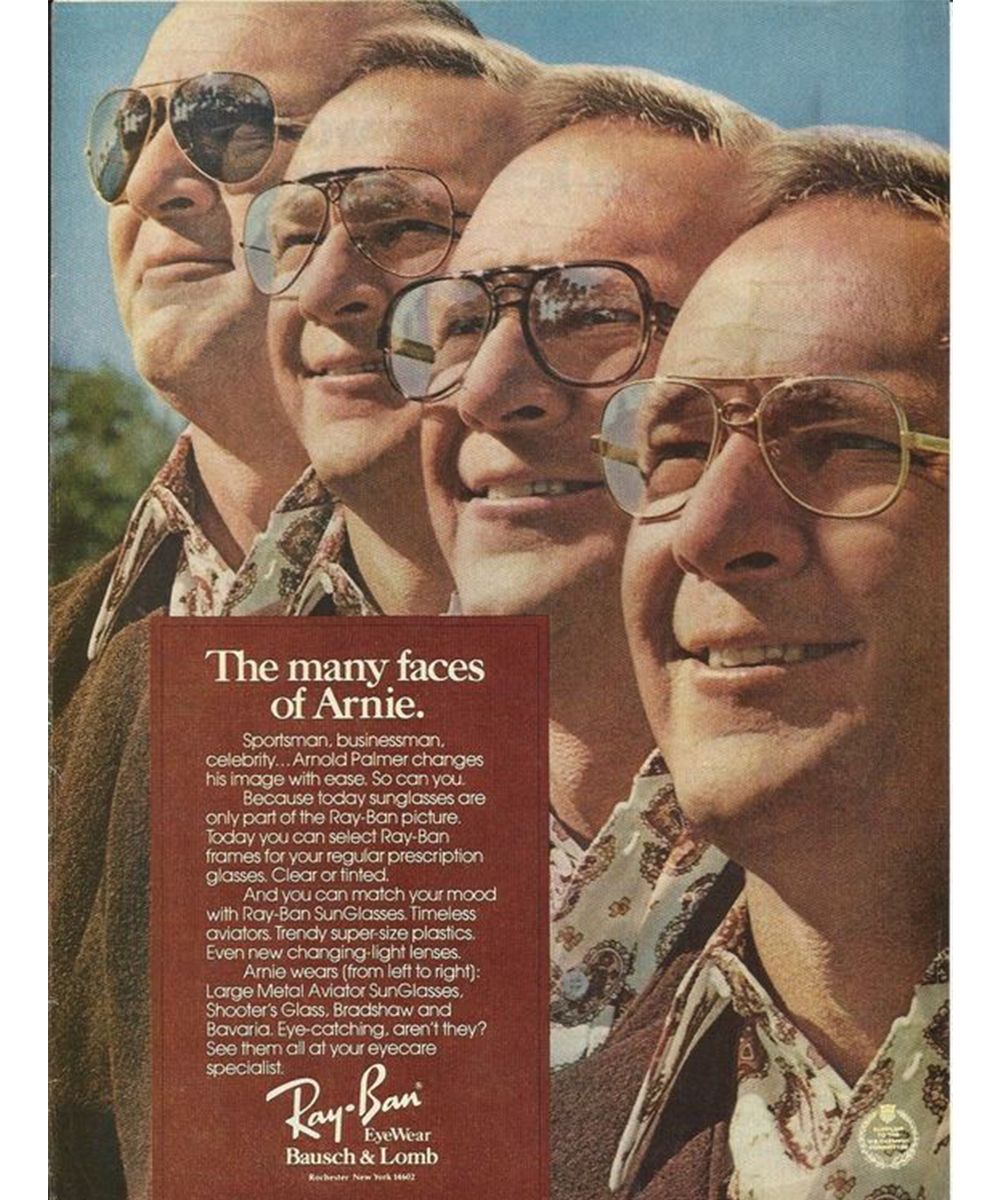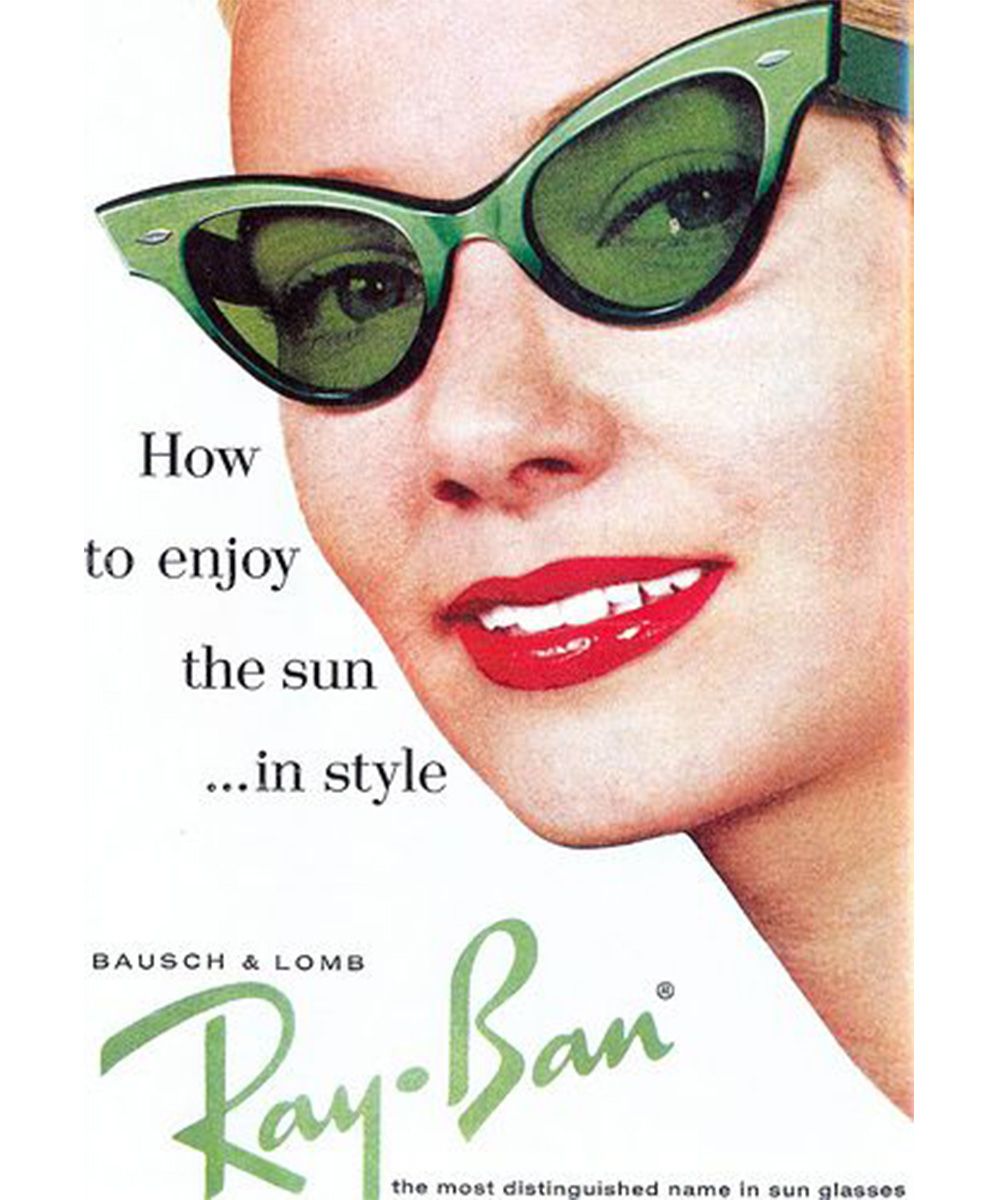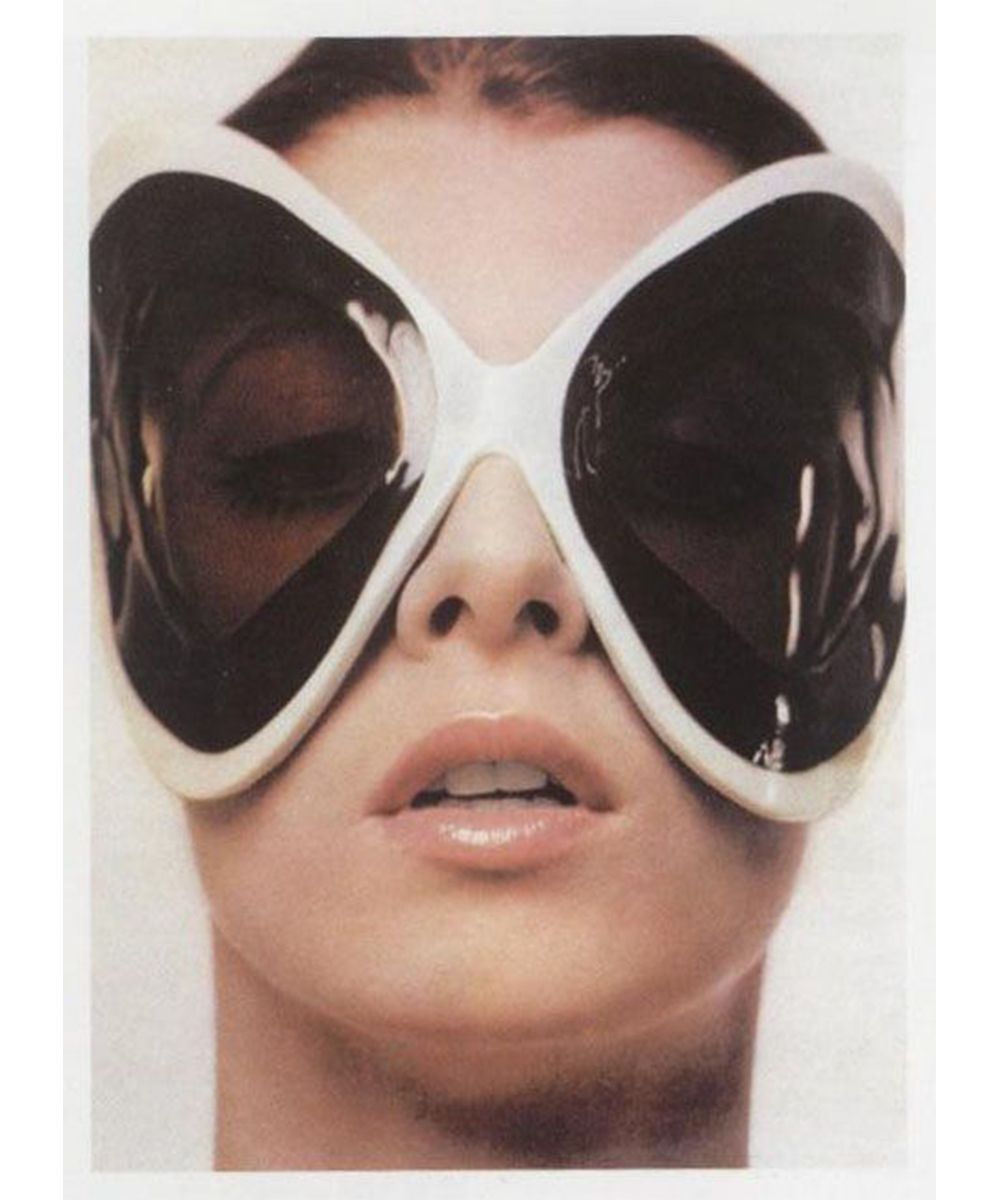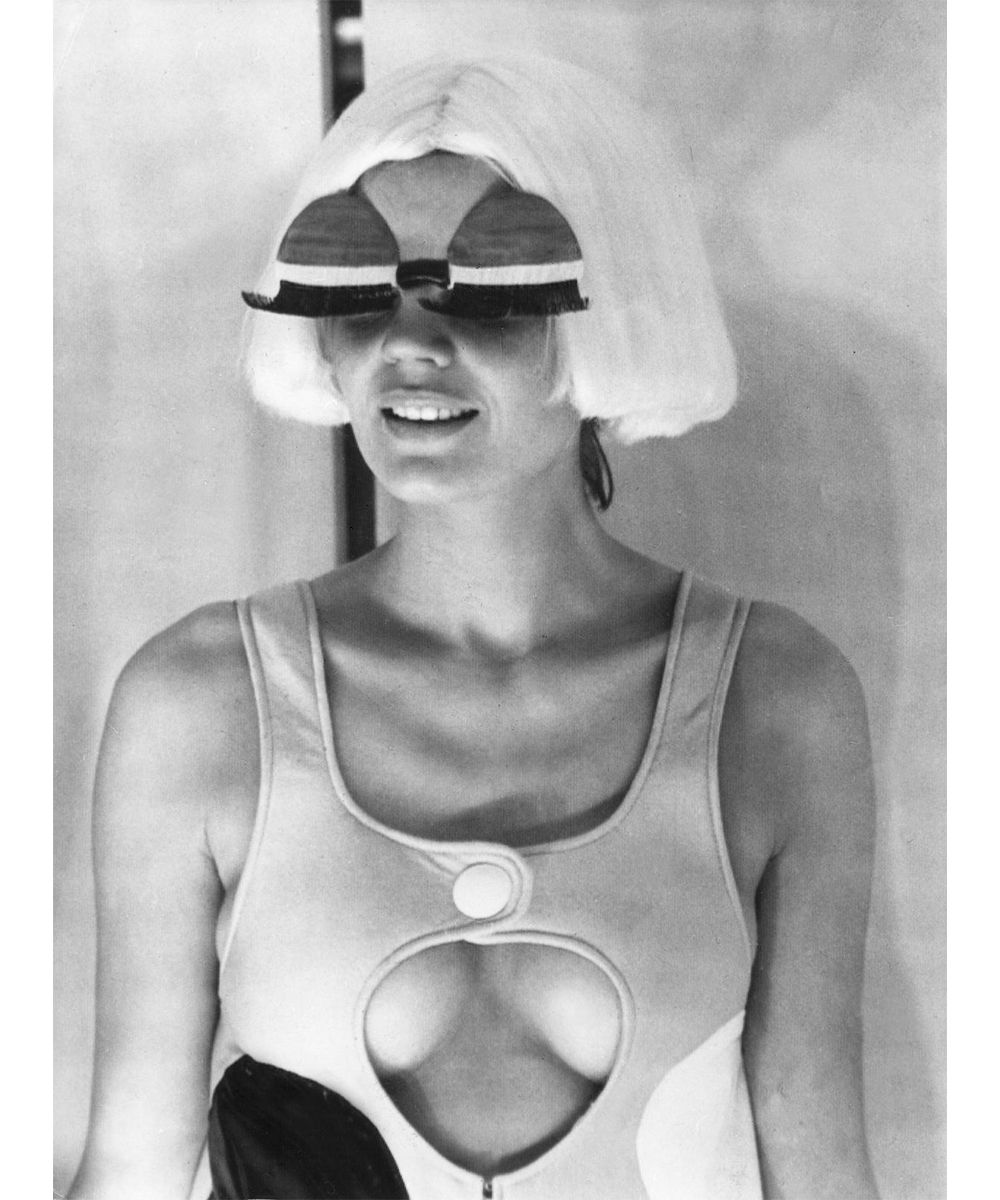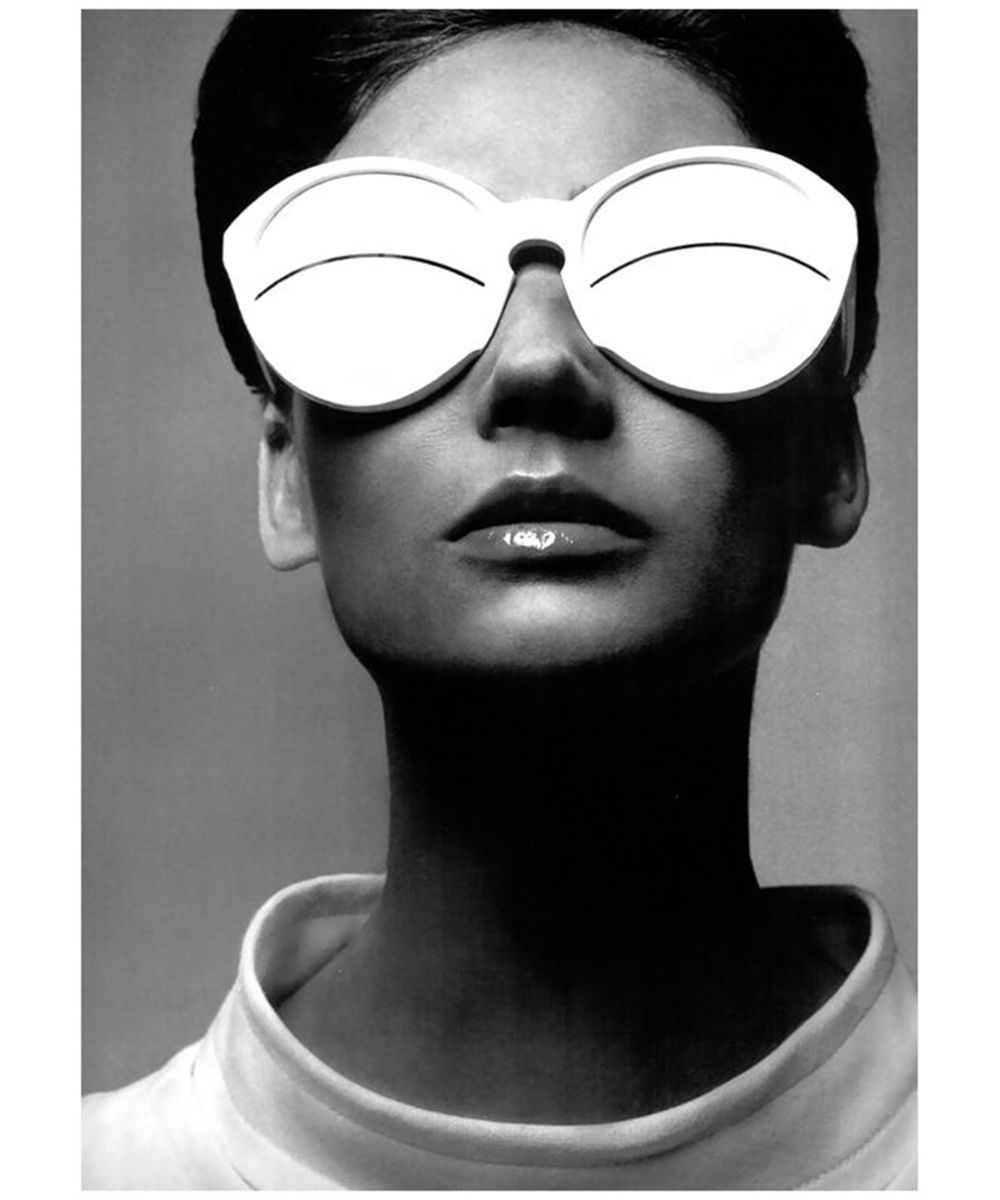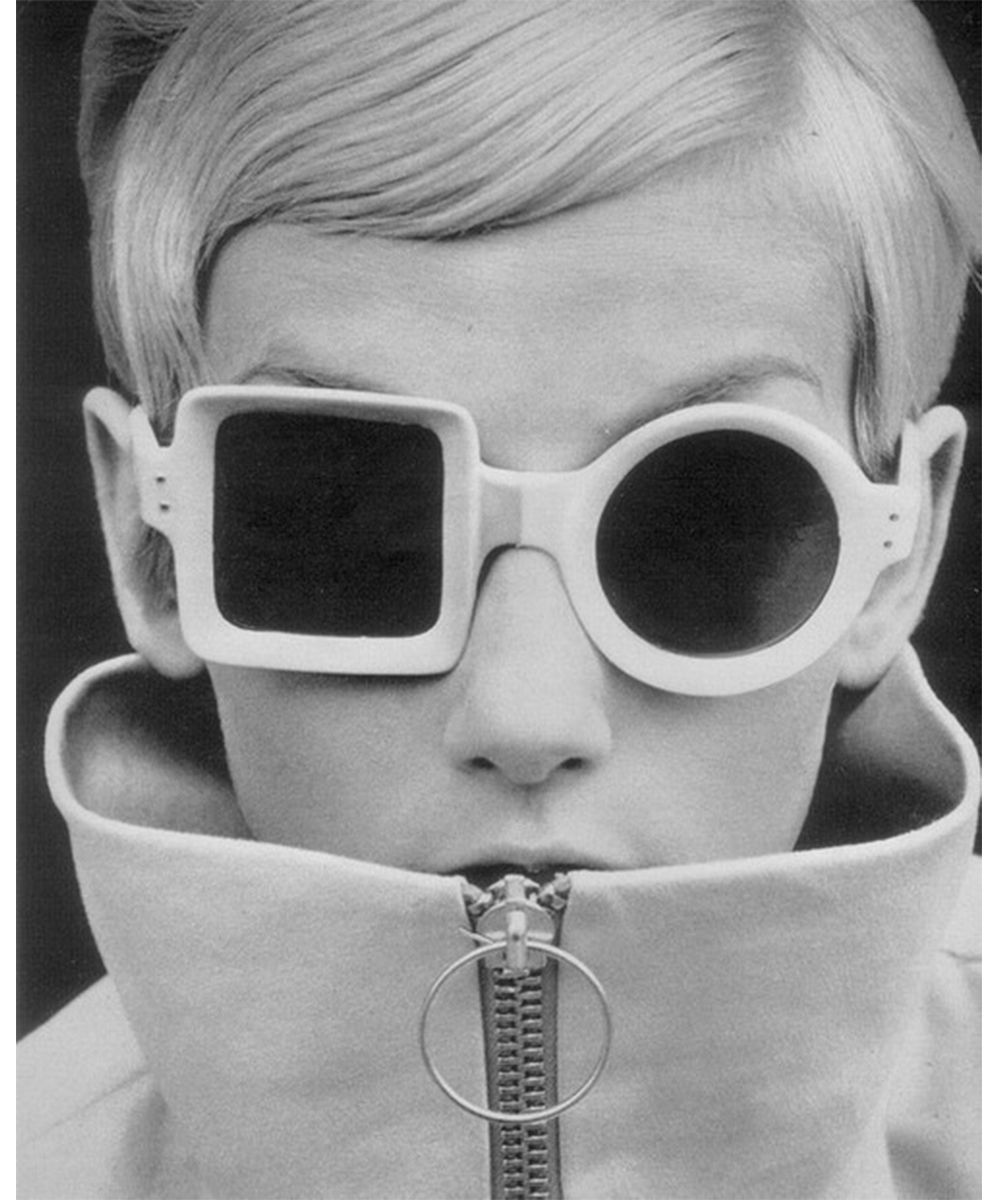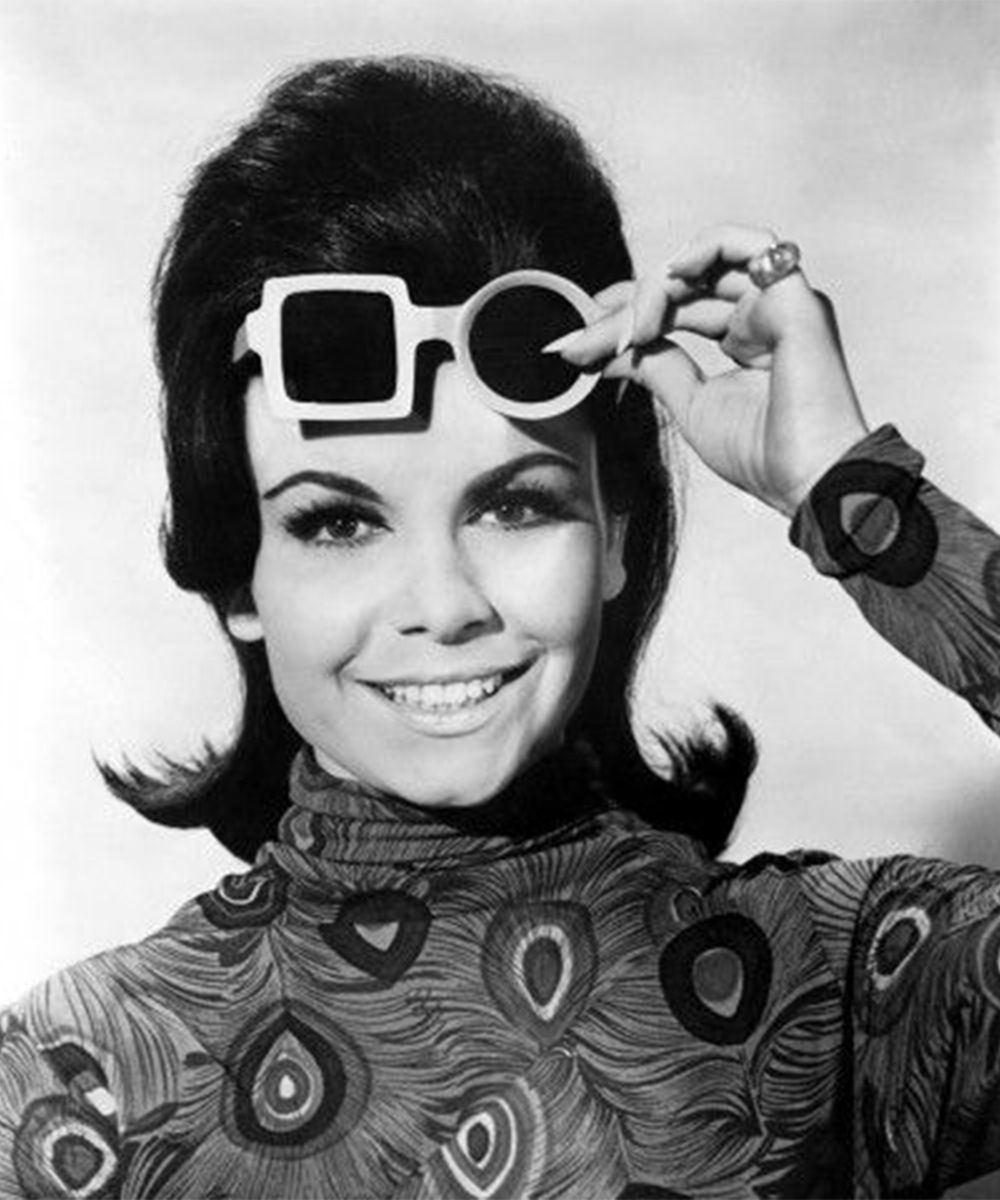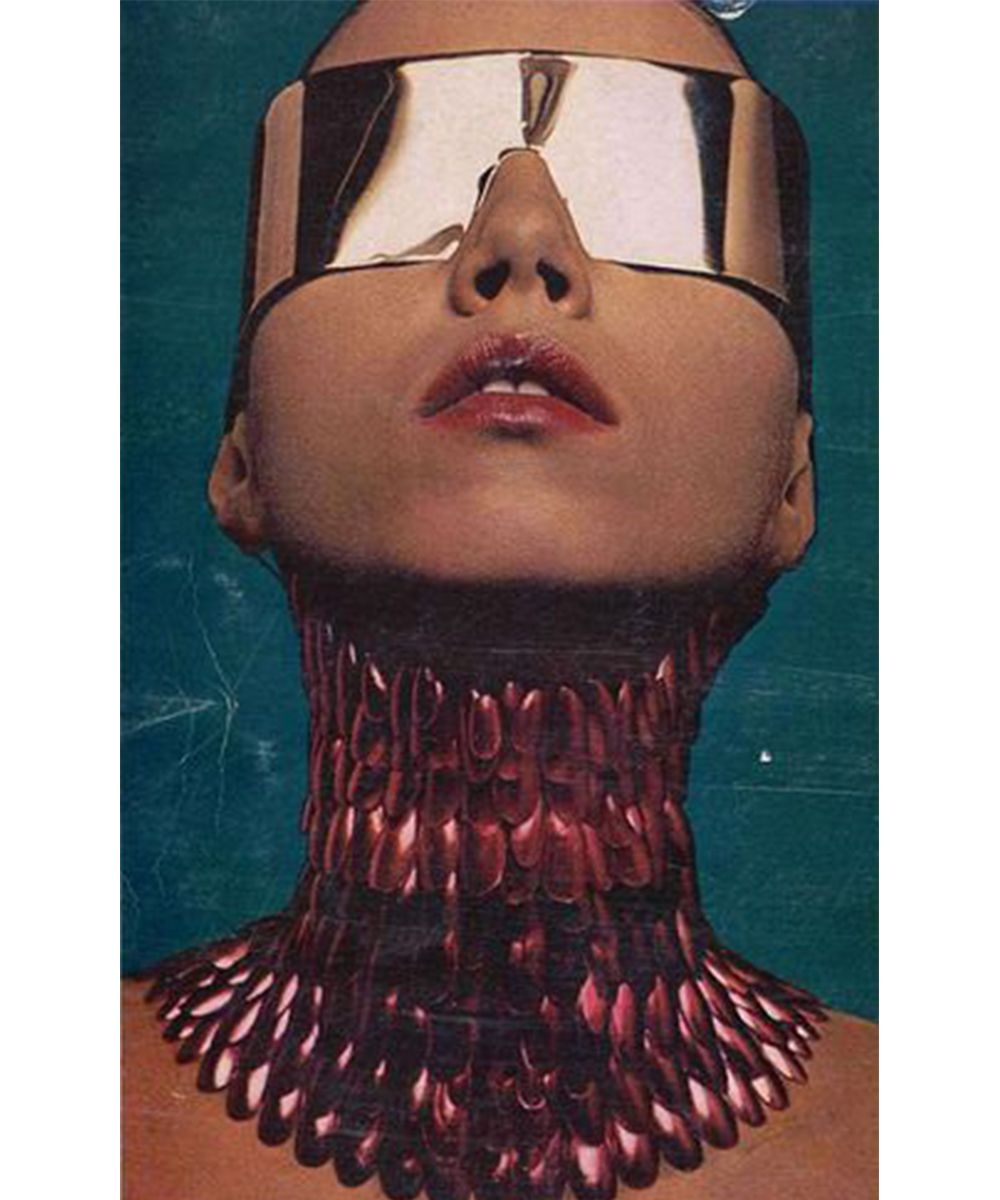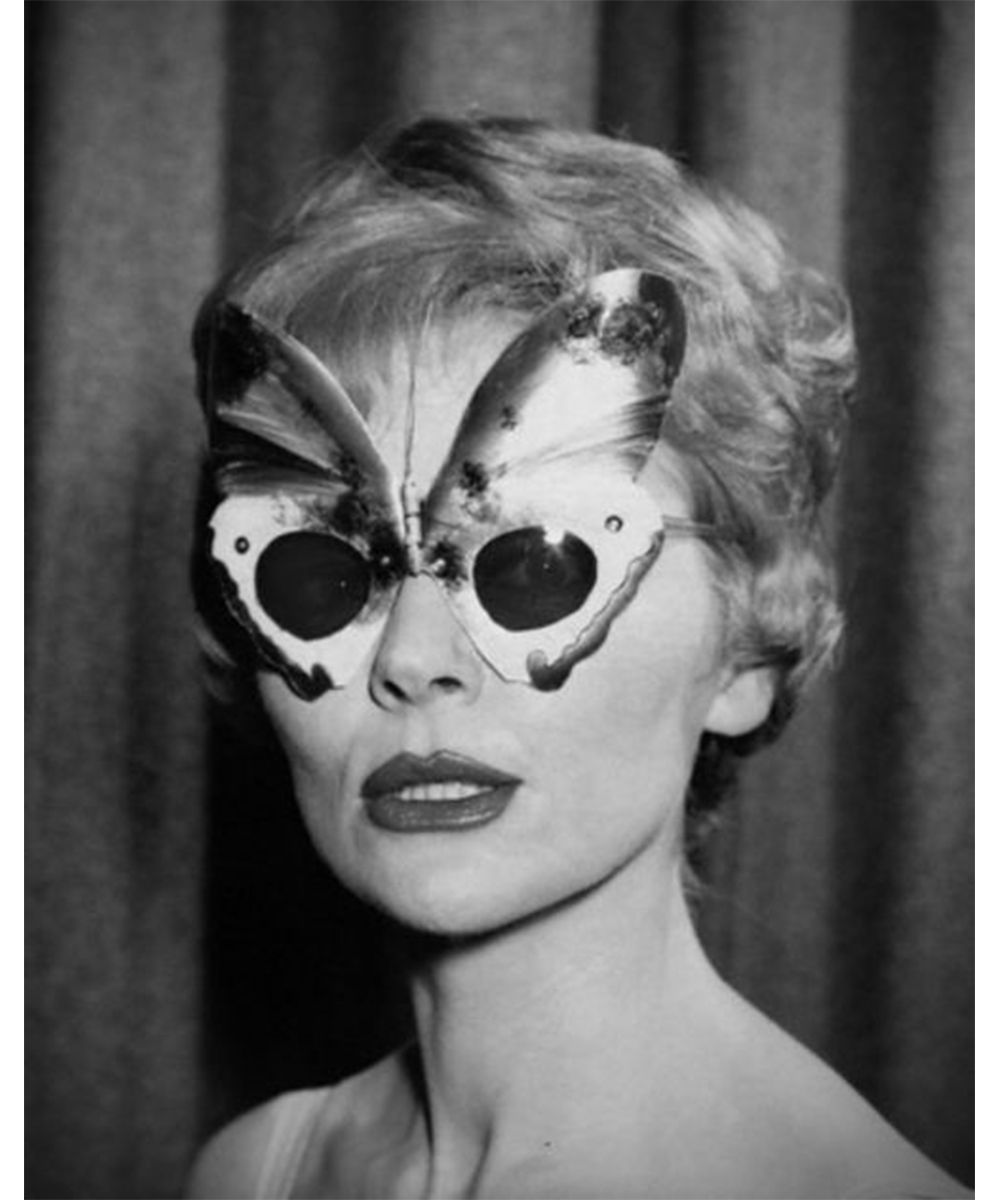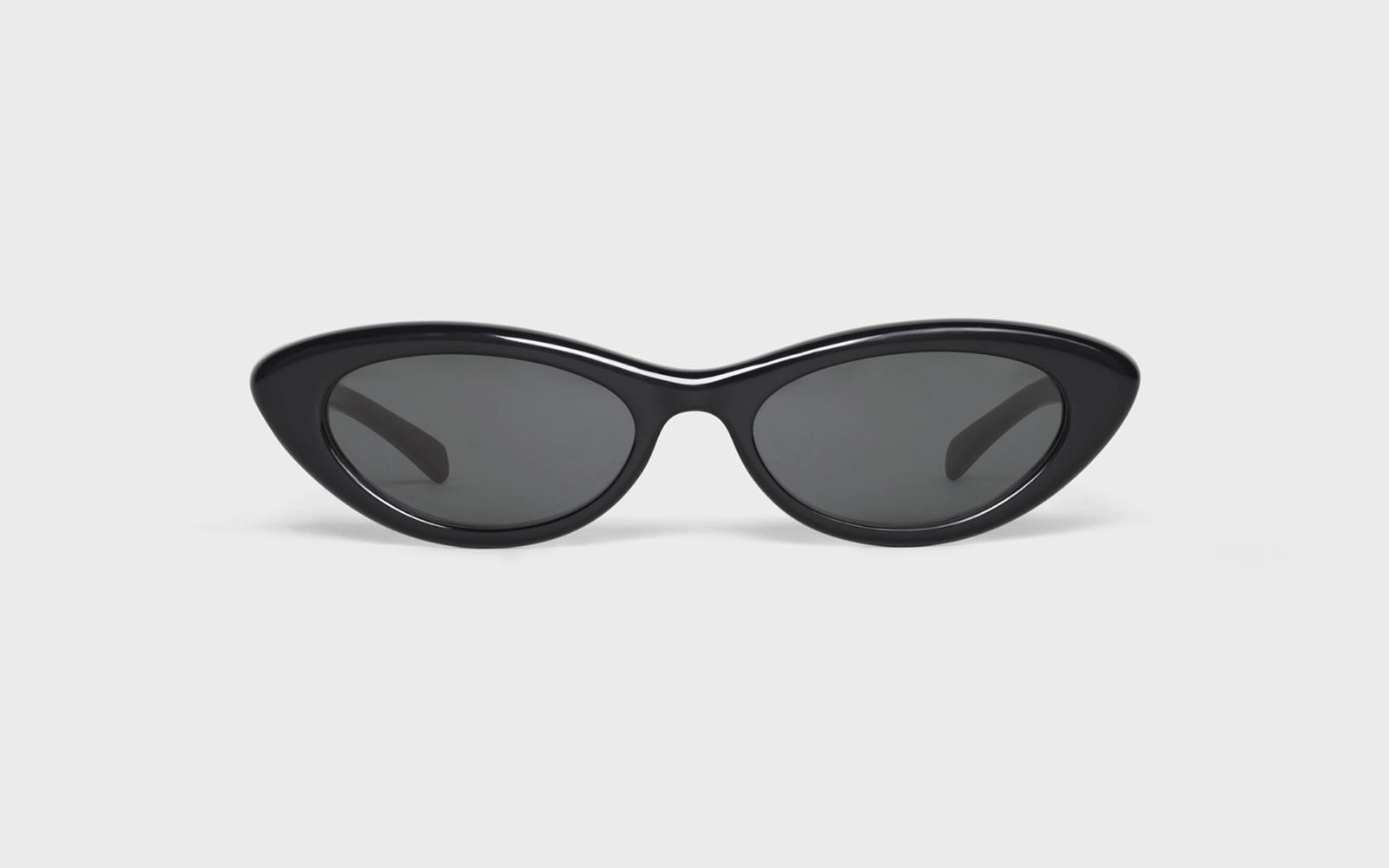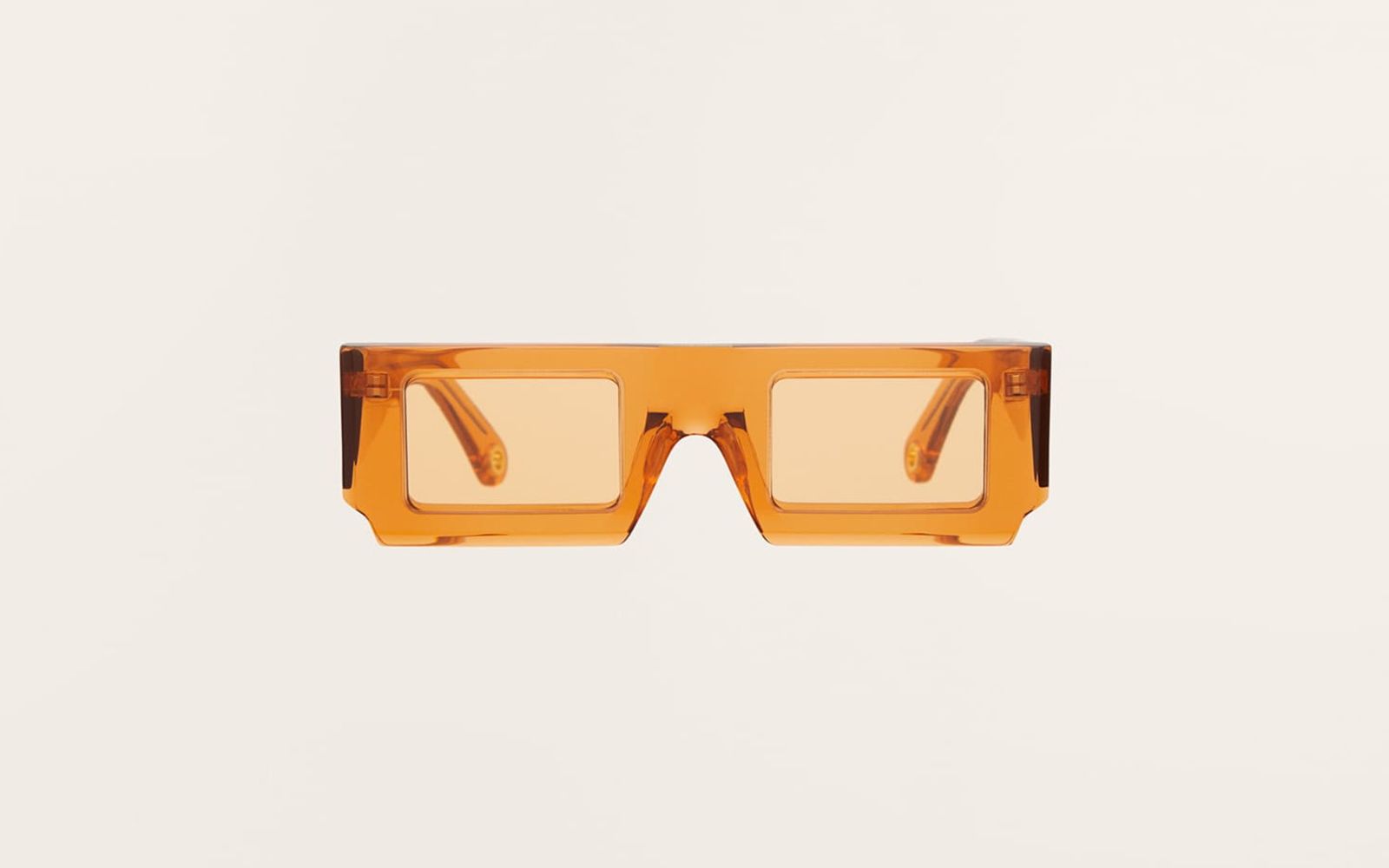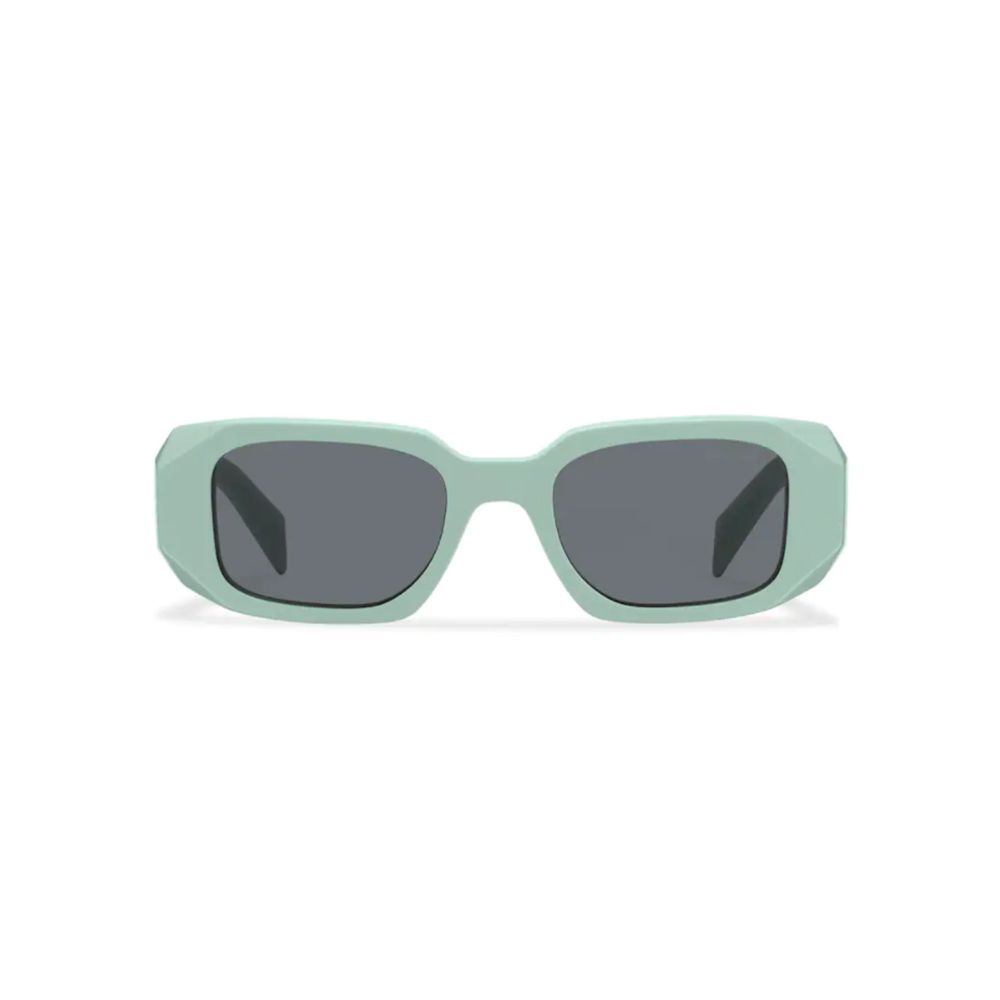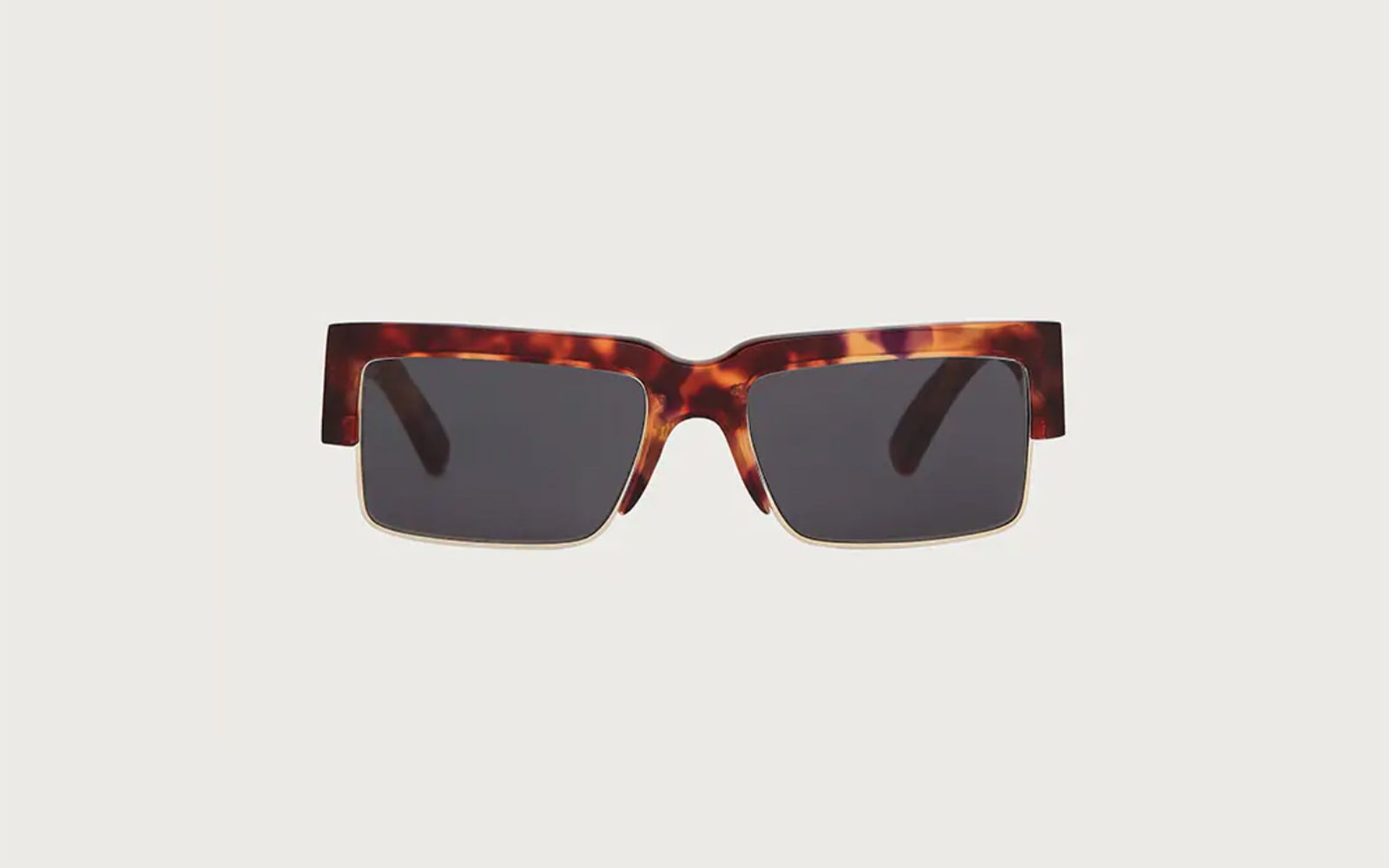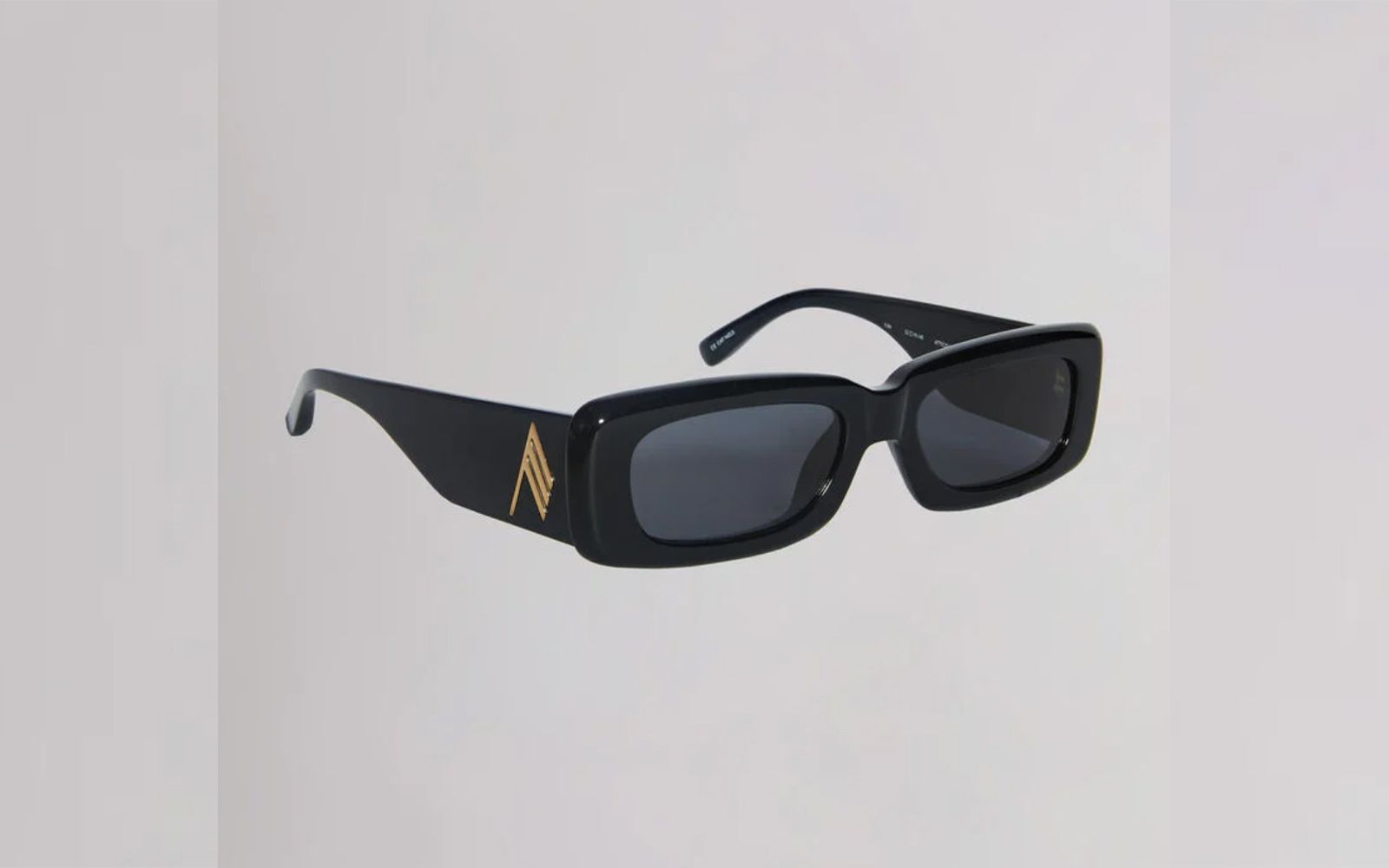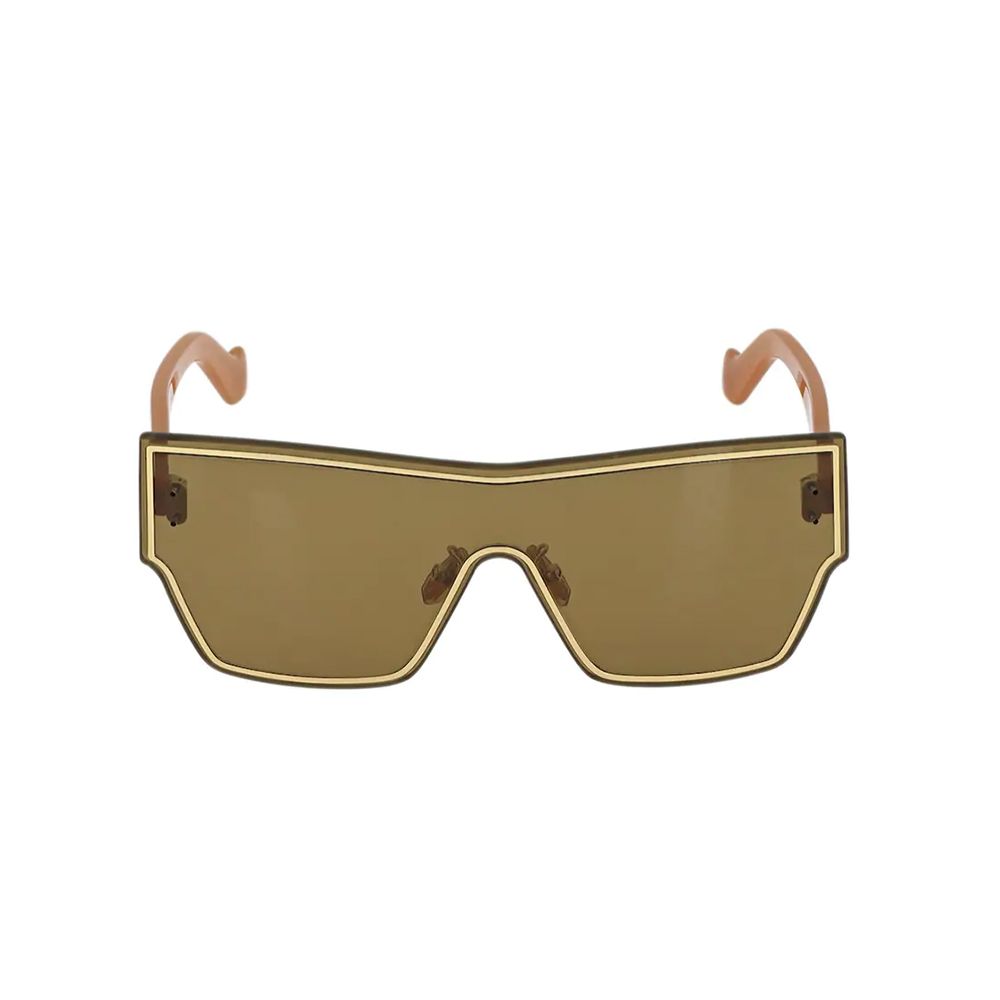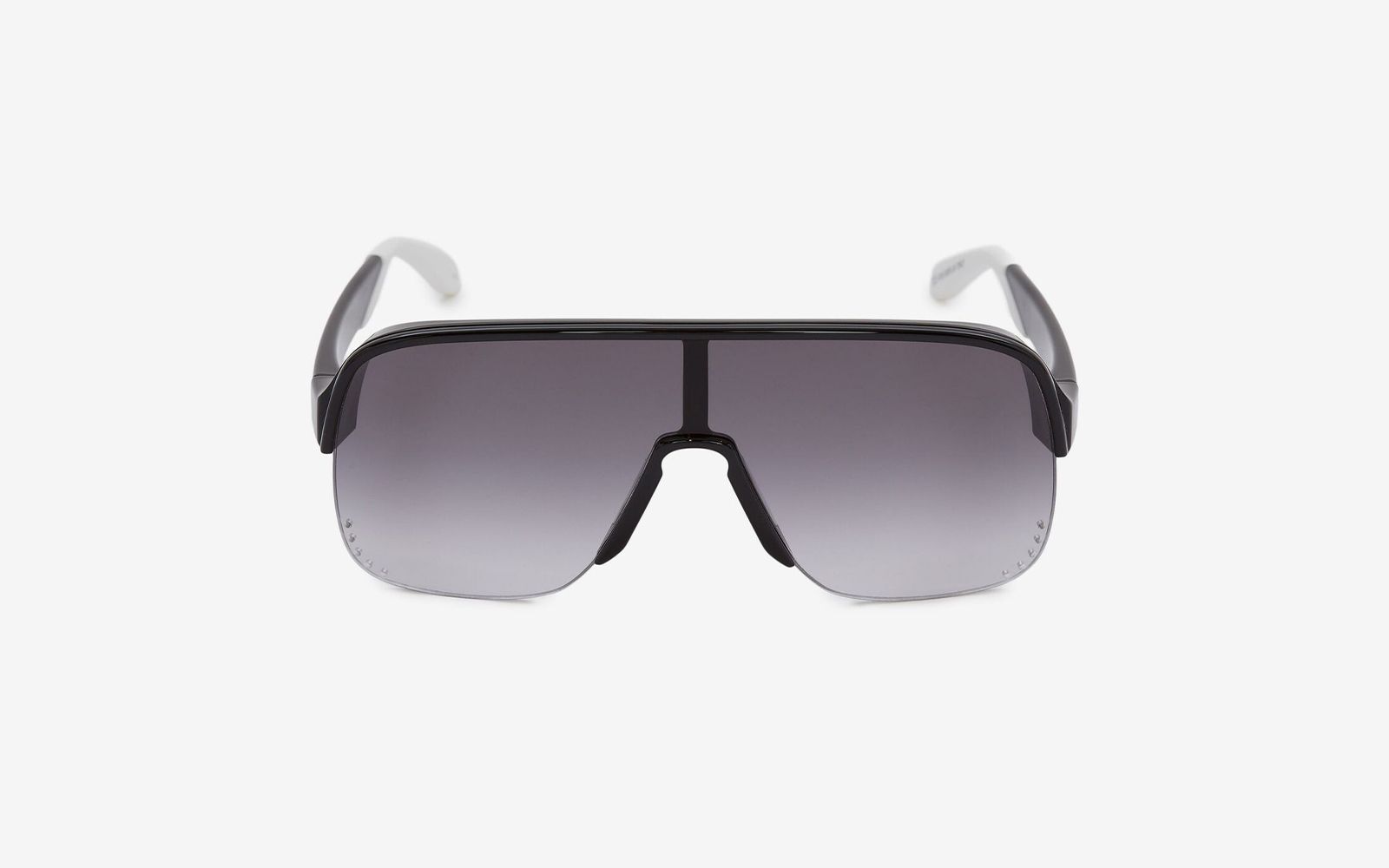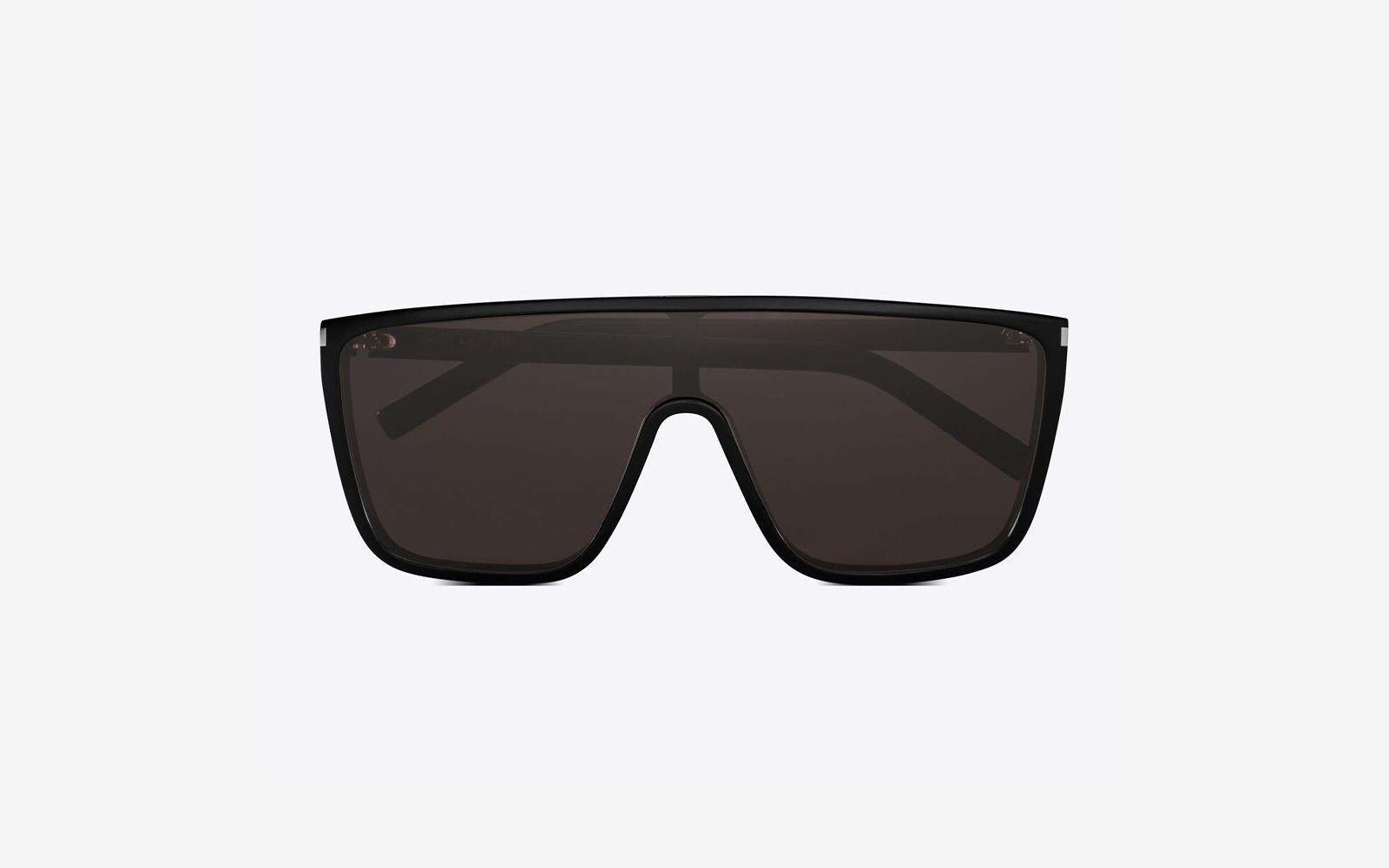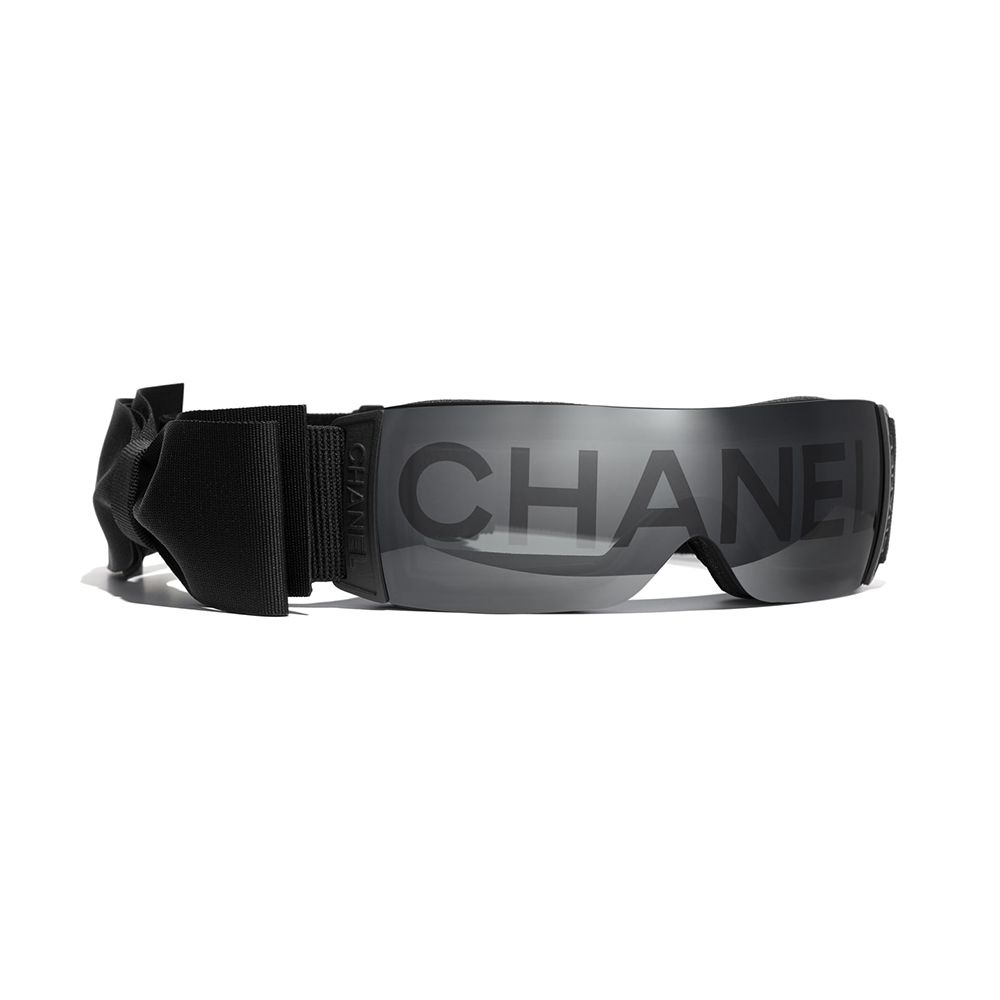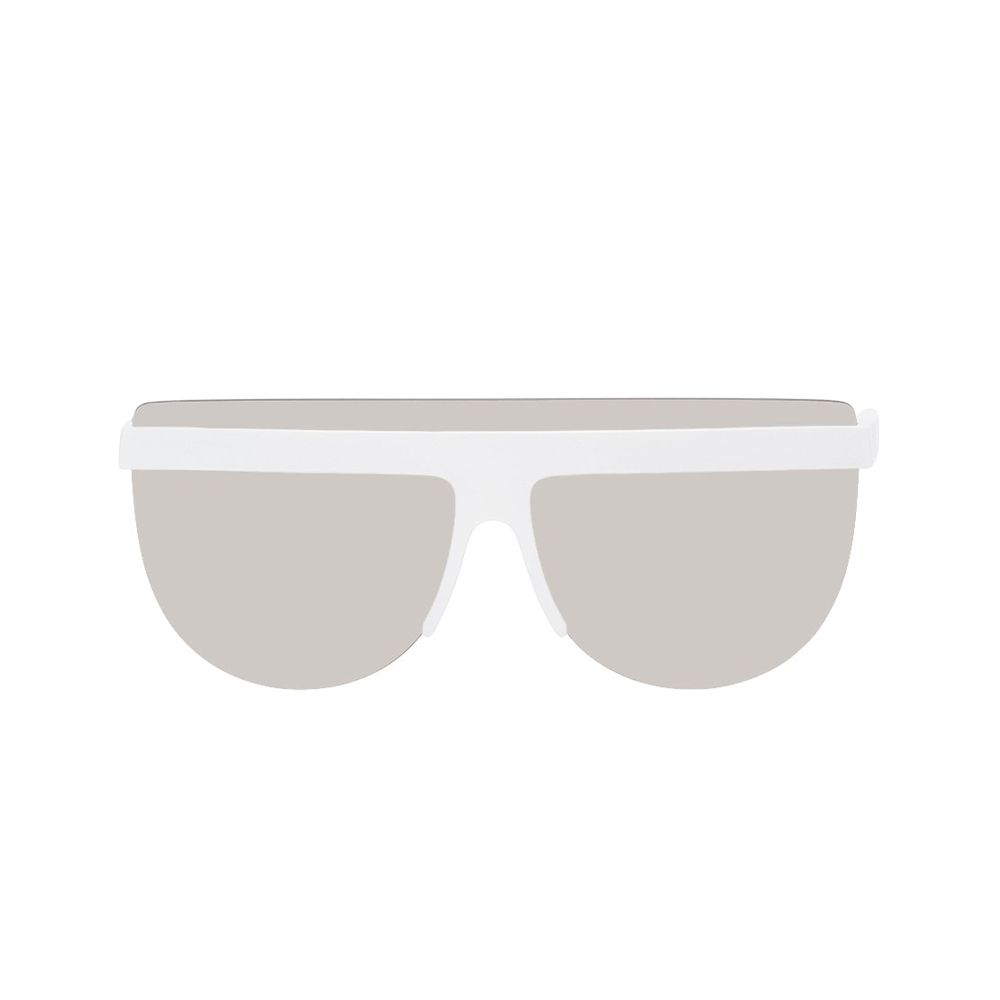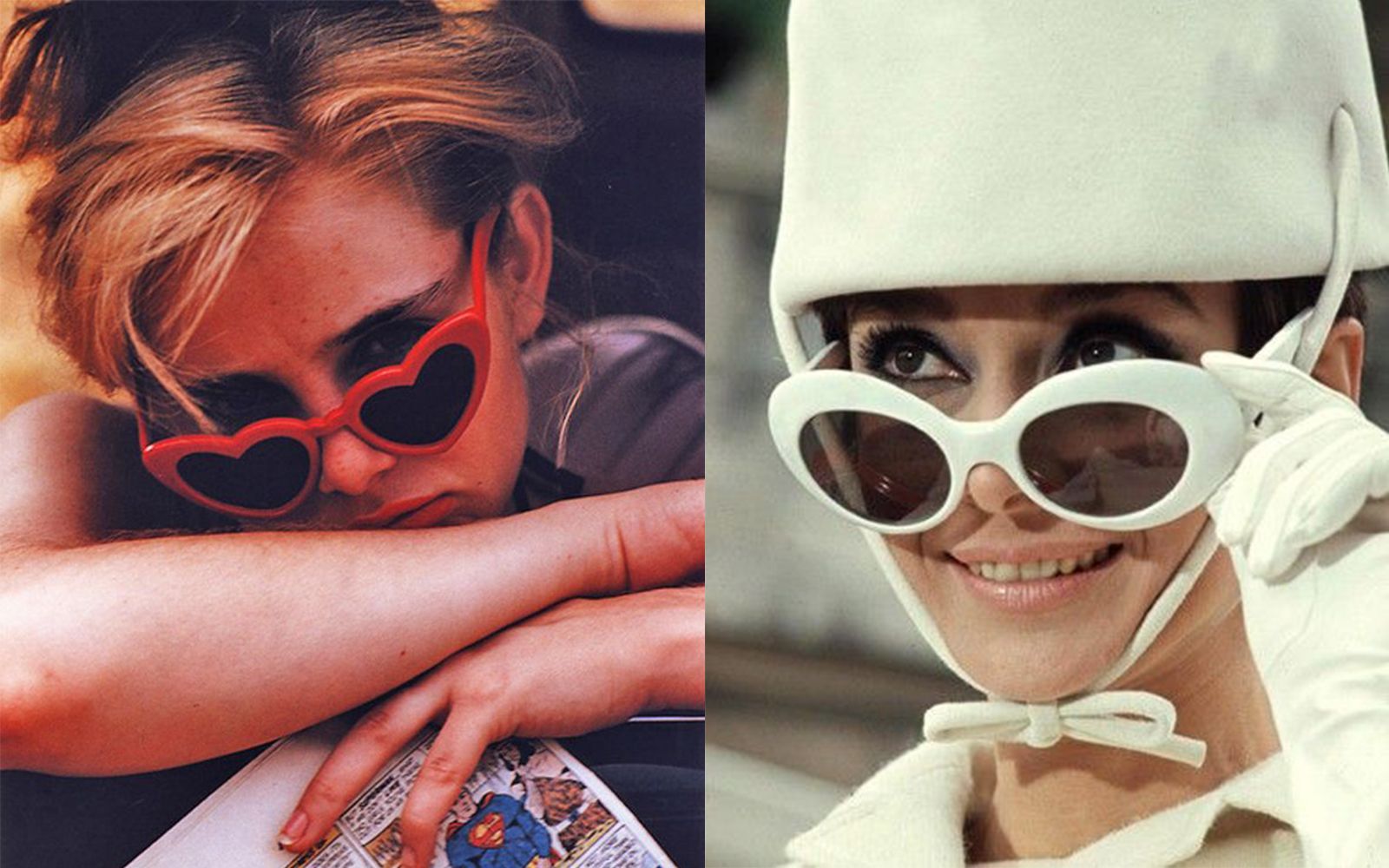
Sunglasses: from origins to SS21 trends Where do the sunglasses come from and which are the hottest silhouettes of the moment
From the legendary heart-shaped sunglasses of the Lolita by Stanley Kubrick to the iconic Manhattan designed by Oliver Goldsmith and worn by Audrey Hepburn in Breakfast at Tiffany's, sunglasses define a character's personality and tell us a lot about who they belong to. Whether it is sunglasses or eyeglasses, it doesn't matter, what really matters is that they know how to give the right twist to their look so as to make it an element of strong distinction. This is therefore the case of Woody Allen, who with his thick black-rimmed glasses has traced the ideal of the intellectual director, or that of Lina Wertmüller, white, square and irreverent enough. From the first differentiation between magnifying glass and glasses, here is a brief history of the accessory that none of us are able to do without.
The origins
Known as vitreos ab oculis ad legendum, at the end of the thirteenth century glasses were known as the accessory capable of distinguishing the rank and intellectual role of the wearer. The first glasses, in fact, had convex lenses and were only used to correct presbyopia typical of older people, and since old age was also a symbol of wisdom, representing a man with a pair of glasses was considered a form of homage and respect. It was then in the fifteenth century that concave lenses for the nearsighted appeared, usually worn and not just for reading.
It was not only the lens that evolved, but also the frame itself. The first glasses consisted of two round lenses circled in leather and tied together to a pin that allowed them to be fixed on the nose. Later, however, a leather buttonhole was inserted with which it was possible to stop them behind the ears, up to the sixteenth century, with frames that provided for the use of springs and lighter materials for a better grip on the nose.
Where do sunglasses come from?
In the late 1800s, frames began to diversify - in terms of materials and shapes. In 1873, in fact, the American John Wesley Hyatt and the English Daniel Spill patented celluloid, but when is that when sunglasses are born? Like any garment, glasses also owe their evolution to historical events, scientific discoveries and new uses and customs. In the 1930s in particular - given the new habit of vacationing - sunglasses made their appearance on women's fashion magazines - in white celluloid and blue lenses - an essential and at the same time frivolous accessory to protect eyesight. from the light of the sun, from the reflections of the sea water, but also from the white of the snow during the winter. For men, on the other hand, the habit of wearing sunglasses came from the United States, on the one hand thanks to the representation of gangsters represented in smokey lenses, on the other thanks to the members of the military aviation who turned to Bausch&Lomb - a note lens factory - to solve the problem of sunlight for air force pilots. This is how sunglasses with green teardrop lenses were born which, once they came out of the military, became universally known as Ray-Ban.
During the years of the Second World War, in Turin Giuseppe Ratti perfected the Meflecto model, whose novelty consisted in the flexibility of the temples and in their extreme lightness. The same principle was applied by Ratti for sunglasses, the Persol, with flexible armor and bridge that allowed the glasses to adapt perfectly to the face. The lenses were made of glass with an inimitable color that did not alter the colors of nature, they were produced in four shades and had a very strong absorption power of sunlight. The Persol family immediately conquered the divas of cinema and fashion magazines, probably becoming the Italian sunglasses par excellence.
From the 50s till today
However, it was from the 1950s onwards that sunglasses exploded in all their creativity: the lenses were colored with a thousand shades, often in harmony with the clothes, and the evolution of shapes began to tend towards the sophisticated and kitsch. For example, butterfly glasses or glasses with eccentric lace flaps appeared, as well as rhinestone or pearl decorations. Having therefore become part of everyday life, in this period glasses lost their value as mere vision correctors to become at full capacity an accessory capable of enhancing the personality of the wearer. How not to mention then glasses that have made the history of fashion such as those of Helena Rubinstein in mask of 1968, almost more suitable for space than sunny days on Earth, or those with a giant butterfly by Pierre Cardin of 1970, or even the transparent ones monocolor by Dior and those by Courréges complete with long plastic lashes - also from 1970.
After years of experimentation, risk and creativity, today sunglasses are part of the life and above all of the style of each of us. So here are the trends for this season.
Cat-eye
Squared shape
Mask-shape




















































